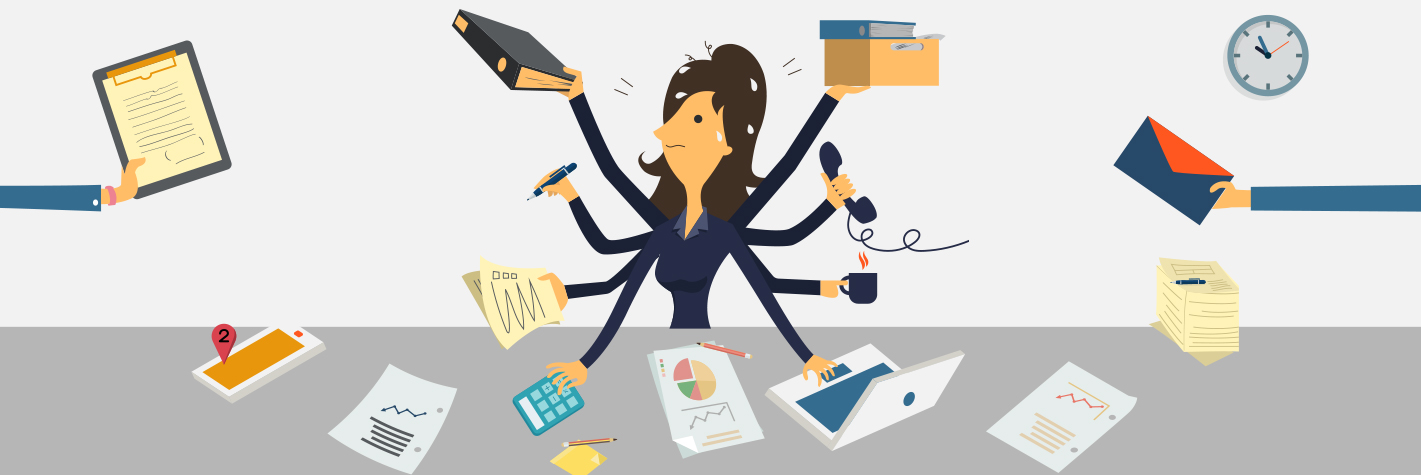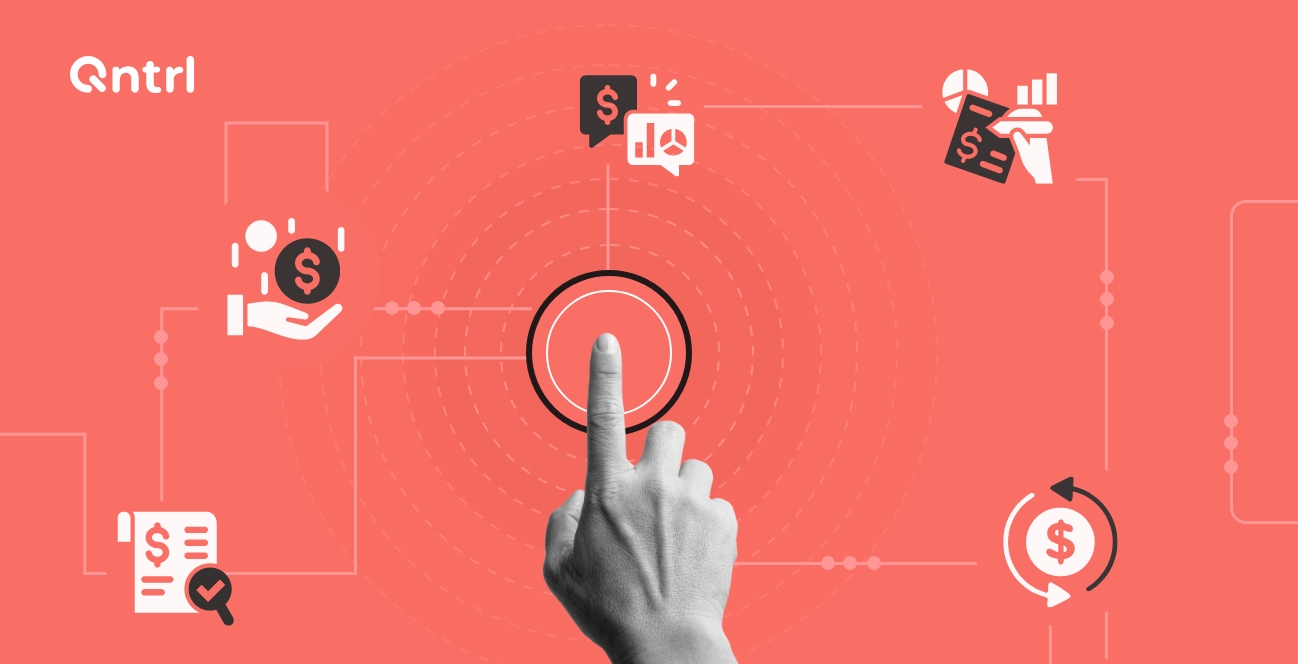For almost every business segment, there are two crucial areas to keep the company’s finances in good shape: accounts payable and accounts receivable.
In the first case, we're talking about expenses and basic costs to keep the business running. However, in this article, we will dig deeper into accounts receivable: what it is, how to manage it, and how process management and the use of technology can be important for this sector.
The name itself gives a hint: accounts receivable is the amount to be received by the company. This revenue can have one or several sources—from sales of products or services made on credit, investment income, the receipt of refunds from suppliers, and so on.
Regardless of the size of the company, it can be easy to get lost when trying to manage deadlines and amounts to be received. That’s why it’s so important to have a clear, neat, organized, and well-defined process to help record the incoming funds and manage revenue in a more efficient and healthy way.
This process can include documenting sales, issuing invoices, recording the due dates of accounts receivable, and generating cash flow reports. It may seem a bit complicated, but technology can help—and greatly—to ensure the organization and efficiency of this documentation.
How to set up an accounts receivable process
To make the data visualization easier, it can be nice to create a flowchart with the accounts to be received and the dates on which the payment was actually cleared as a first step.
This is a basic action to ensure that all revenue is being listed and to achieve greater efficiency in the collection process, minimizing the risks of default and ensuring that the cash flow meets the company's expectations.
If the payment has not been cleared, it is important to consider a plan for receiving the amount, which may include setting a new payment deadline or determining new collection methods. Diversifying the payment methods can be one solution, which can give customers the chance to find a way that best suits their financial situation.
Another approach to minimize defaults is to contact customers who haven’t yet paid for the product or service. You can ask them to negotiate the debt through email, notifications, or even letters. Another method that can help prevent defaults and encourage timely payments is offering discounts to customers who pay for the products or services on time.
BPM: Another ally in this process
In order to improve the control, visibility, and productivity in this process, Business Process Management, or simply BPM, can be a solution. But what is this concept, and how can it be applied in a company?
Based on process mapping, standardization, and improvement, BPM is a set of practices focused on continuous improvement and process management.
Optimization of activities, increased productivity, and the reduction of potential errors and bottlenecks are among the advantages of its implementation.
To put this concept into practice, the first step is to identify and plan the tasks to be performed by the team and then detect potential bottlenecks and improvement opportunities.
The next step is to determine how processes can be optimized—this is where automation can be a key element in implementing the improved workflows and checking if any adjustments need to be made before fully implementing them.
The cycle ends with monitoring the flows for continuous improvement and identifying new opportunities to refine and improve the work.
In each of the steps, automation can be a valuable ally. Project management software like Qntrl can provide customized solutions based on the specific needs of the business. It also offers the necessary framework to monitor revenue and enhance the workflow of the finance team.
Benefits of adopting an accounts receivable process
Besides getting more effective control, there are other benefits of adopting a process to monitor accounts receivable:
- Minimize the percentage of defaults
While the numbers related to defaults can vary depending on the industry or type of service provided, the larger the number of accounts receivable, the greater the chances of losing control over credit sales or other sources of revenue.
Therefore, a well-defined process with all accounts properly documented can ensure more effective monitoring, enabling specialized teams and professionals to closely track cases where payment delays have occurred.
- Optimizing processes
As human memory is not the most reliable source, having a defined and automated process is essential to keep information documented and easy to find, and ensure that the accounts receivable collection plan—especially in cases of delays—is executed as planned. This helps reduce the chance of errors and ensures that the team will have a smooth and optimized process.
- Managing potential crises
By implementing an organized process for accounts receivable, it becomes easier to prepare for potential crises in case the market brings undesirable surprises. With planning tailored to the needs and characteristics of the business, it becomes possible to control cash flow and be prepared for more challenging times and, if necessary, avoid losses and minimize difficulties in achieving the business's financial objectives.
Regardless of the company's industry or the services provided, it is crucial to have a well-organized and carefully planned accounts receivable department. This ensures the ability to pinpoint the precise moments and methods for collecting overdue payments, foster customer loyalty by offering incentives for timely payments, and uphold the financial well-being of the company.
GUEST WRITER: Marina Meireles







